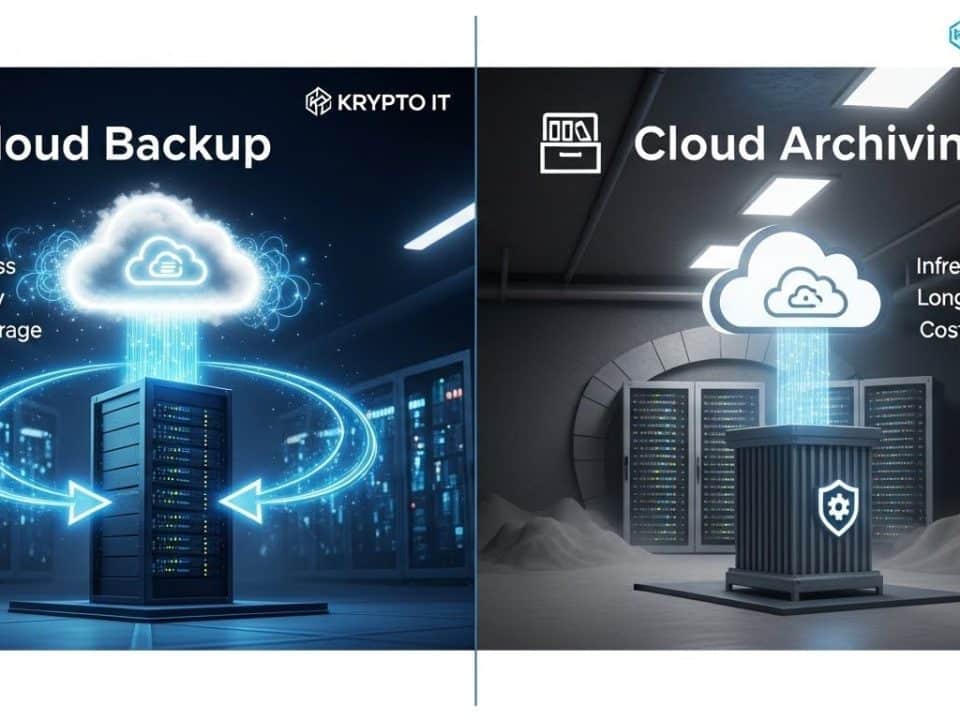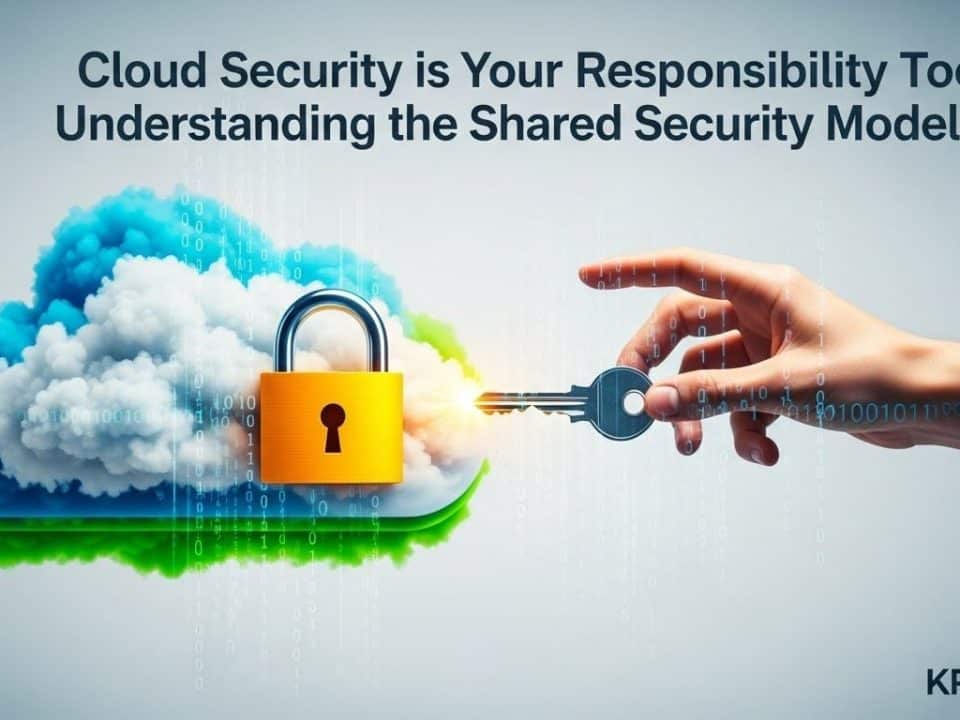
Protecting the Unseen: IoT & OT Security
June 15, 2025
Beyond the Obvious: Job Scams & Fake AI Tools
June 18, 2025Why Supply Chain Cybersecurity Demands Your Immediate Attention
In today’s interconnected business world, no company operates in a silo. Small and Medium-sized Businesses (SMBs) in Houston, like their larger counterparts, rely on a vast ecosystem of third-party vendors, suppliers, contractors, and service providers. From cloud software (SaaS) and payment processors to managed IT services and marketing agencies, these external partners often have privileged access to your sensitive data, systems, or network. While these relationships are crucial for efficiency and growth, they also represent your biggest cybersecurity blind spot: the software supply chain and the third-party risks it introduces.
Ignoring the security posture of your vendors is no longer an option. A breach at one of your trusted partners can quickly become your breach, leading to devastating consequences for your business, even if your internal defenses are impeccable.
The Hidden Dangers of Third-Party Access
The shift towards outsourcing and cloud-based services has significantly expanded the attack surface for SMBs. Here’s why third-party risks are such a critical concern:
- Direct Access to Sensitive Data: Many vendors, by nature of their service, require access to your customer data, financial records, employee information, or intellectual property. If their security is compromised, your data is immediately at risk.
- Network Entry Points: IT service providers, software vendors, and other partners often have remote access into your internal networks. A compromised vendor account can provide a direct pathway for attackers to bypass your perimeter defenses.
- Software Supply Chain Vulnerabilities: If a software vendor (especially one whose product you use widely) is compromised, malicious code can be injected into legitimate updates or products. This allows attackers to silently infiltrate all their customers’ systems, including yours. The SolarWinds and Kaseya attacks are stark reminders of this devastating potential.
- Lack of Visibility and Control: SMBs often lack the resources to thoroughly vet and continuously monitor the security practices of every third-party vendor. This creates blind spots where vulnerabilities can fester undetected.
- Interconnected Risks (Fourth Parties): Your third-party vendors also have their own network of vendors (fourth parties). A security flaw in a fourth-party component can cascade down to affect your direct vendor, and subsequently, your business. The supply chain effect can be extensive.
- Compliance Implications: Many data privacy regulations (like HIPAA, PCI DSS, or various state privacy laws) hold you accountable for how your partners handle the data they process on your behalf. A third-party breach can result in significant fines and legal repercussions for your business.
- Human Error and Misconfigurations: Even if a third-party vendor has good intentions, human error (e.g., misconfiguring a cloud server, accidentally sharing credentials) or poor security hygiene on their end can open up vulnerabilities that attackers exploit.
The Devastating Impact of a Third-Party Breach on SMBs
The consequences of a third-party breach can be catastrophic for an SMB:
- Direct Financial Costs: Investigation, remediation, legal fees, credit monitoring for affected customers, and potential ransom payments if the breach leads to ransomware.
- Operational Disruption: Downtime if systems are compromised or services are suspended due to a breach at a critical vendor.
- Reputational Damage: Loss of customer trust, negative publicity, and a damaged brand image that can take years to rebuild. Existing customers may churn, and acquiring new ones becomes harder.
- Loss of Intellectual Property: Theft of trade secrets, product designs, or proprietary information by attackers leveraging third-party access.
- Regulatory Fines and Lawsuits: Penalties from regulatory bodies for non-compliance and potential lawsuits from affected individuals or businesses. Studies indicate that third-party breaches are among the most expensive types of breaches for organizations to recover from.
Securing Your Supply Chain: Best Practices for Houston SMBs
Managing third-party risk is an ongoing process that requires careful planning and continuous vigilance. Krypto IT recommends the following for Houston SMBs:
- Inventory All Third-Party Relationships: You can’t manage risks you don’t know about. Create a comprehensive list of every vendor, supplier, and partner who has access to your data or systems.
- Classify Vendors by Risk Level: Not all vendors pose the same risk. Categorize them based on:
- The type and sensitivity of data they access.
- The level of access they have to your network (e.g., direct network access, cloud logins).
- The criticality of their service to your business operations.
- Their own cybersecurity posture and certifications.
- Conduct Due Diligence (Pre-Engagement Risk Assessment): Before onboarding a new vendor, perform thorough security vetting. This should include:
- Security Questionnaires: Have them complete detailed questionnaires about their security controls, policies, and incident response plans.
- Review Certifications: Ask for proof of relevant security certifications (e.g., ISO 27001, SOC 2 reports).
- Check Their Track Record: Look for any public reports of past breaches or security incidents involving the vendor.
- Integrate Security Requirements into Contracts: Your contracts with vendors should explicitly outline:
- Minimum information security standards they must adhere to.
- Data handling procedures and privacy compliance.
- Breach notification clauses (what they must report, how quickly, and to whom).
- Audit rights for your organization.
- Penalties for non-compliance.
- Enforce Least Privilege Access for Vendors: Grant third-party vendors only the minimum access privileges absolutely necessary for them to perform their services, and for the shortest possible duration. Regularly review and revoke unnecessary access.
- Implement Multi-Factor Authentication (MFA) for All Vendor Access: For any vendor accessing your systems, MFA should be a mandatory requirement.
- Continuous Monitoring of Third-Party Security Posture: A one-time assessment isn’t enough.
- Utilize security rating services or vulnerability scanning tools that can provide ongoing insights into your vendors’ external security posture.
- Regularly review audit logs related to third-party access.
- Stay informed about vulnerabilities that might impact software used by your vendors.
- Develop a Third-Party Incident Response Plan: Your incident response plan should clearly define roles and responsibilities for dealing with a breach that originates with a third party. This includes communication protocols, data recovery steps, and legal considerations.
- Cybersecurity Awareness Training: Educate your own employees about the risks associated with interacting with third parties, including recognizing social engineering attempts that impersonate vendors.
The digital supply chain is a complex landscape, and neglecting its security is one of the riskiest blind spots for any SMB. Krypto IT understands the unique challenges faced by Houston businesses in managing third-party risk. We can help you implement a robust Third-Party Risk Management (TPRM) framework, allowing you to leverage the benefits of external partnerships without exposing your business to undue cyber threats.
Don’t let a vendor’s vulnerability become your business’s downfall.
Contact us today to schedule a free consultation and secure your supply chain from end to end.




